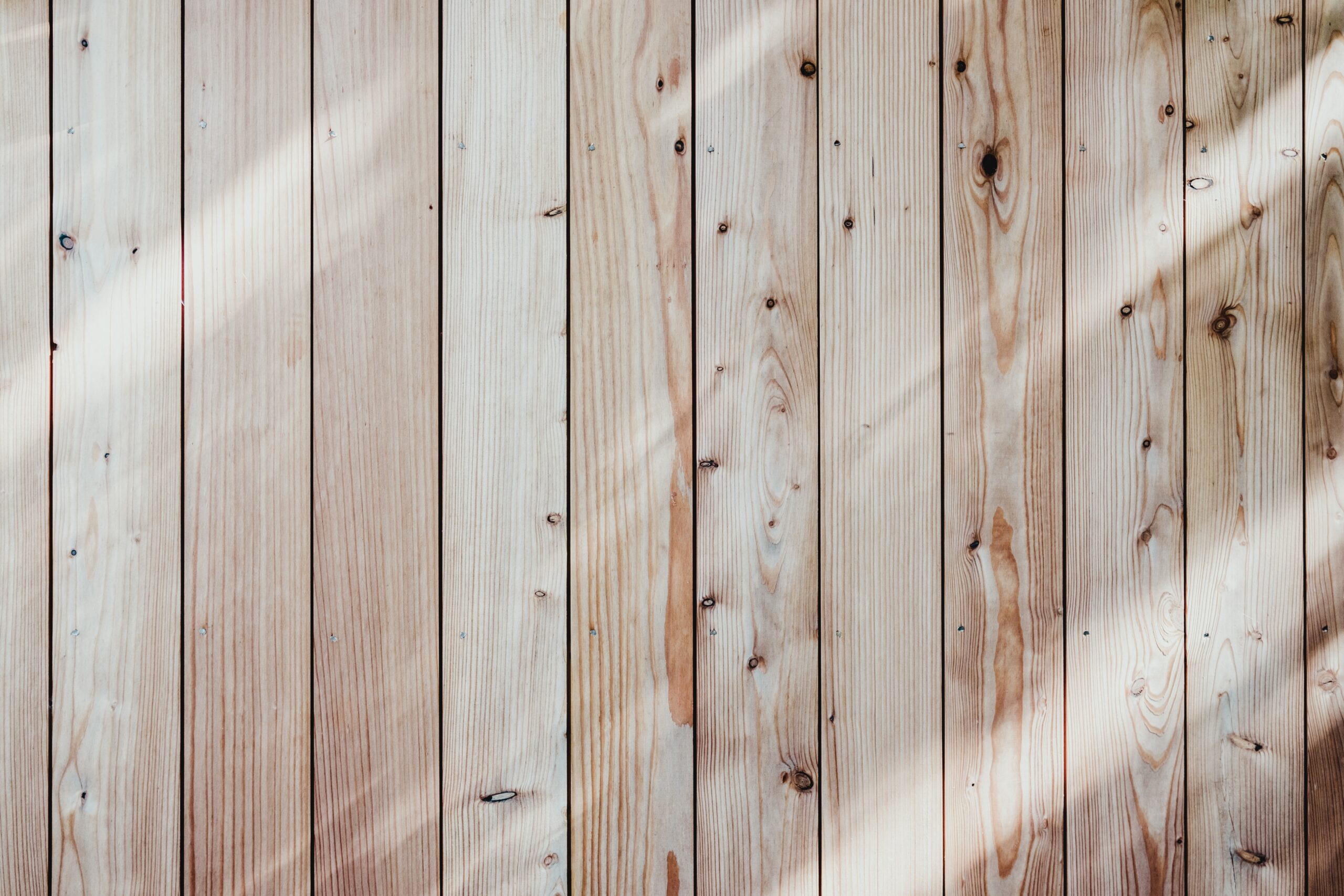If you’re an artist or someone who works with acrylic paint, you already know that disposing of the leftover paint water isn’t as simple as pouring it down the drain. Dumping it in the wrong place can harm the environment and local water sources. So, where can you safely dispose of acrylic paint water? In this article, we’ll explore several responsible options that will not only keep our planet safe but also make your creative process a little more eco-friendly.
Where Can I Dump Acrylic Paint Water
Introduction
If you enjoy working with acrylic paint, you know that cleaning up can be a messy task. One of the challenges you may face is figuring out what to do with the leftover acrylic paint water. Proper disposal of acrylic paint water is important to protect the environment and ensure our health and safety. In this article, we will explore the different methods of disposing of acrylic paint water, as well as provide information on storing it properly and alternative uses for it.
1. Understanding Acrylic Paint Water
Before we dive into the disposal methods, it’s important to understand what acrylic paint water is. Acrylic paint is water-soluble, meaning it can be thinned and cleaned up with water. Acrylic paint water refers to the water used to clean the brushes, palettes, and other painting tools that have come into contact with the paint. It contains pigments, binders, and other substances that can harm the environment if not disposed of correctly.

2. Why Proper Disposal is Important
Proper disposal of acrylic paint water is necessary to prevent pollution and protect our water sources. If acrylic paint water is poured down the drain or into bodies of water, it can contaminate waterways and harm aquatic life. Additionally, some pigments and chemicals in acrylic paint can be toxic, posing a health risk to humans and animals. By disposing of acrylic paint water responsibly, we can ensure a cleaner and safer environment.
3. Environmentally Safe Disposal Methods
To dispose of acrylic paint water safely, it’s crucial to follow proper disposal methods. Here are a few environmentally safe options to consider:
3.1 Disposing of Small Amounts at Home
If you only have a small amount of acrylic paint water to dispose of, you can consider the following methods:
3.1.1 Evaporation Method
One way to dispose of acrylic paint water at home is through evaporation. Choose a well-ventilated area, away from children and pets, and pour the paint water into a wide, shallow container. Leave it uncovered and allow the water to evaporate naturally over time. Once the water has completely evaporated, you can dispose of the dried paint residue in your regular trash.
3.1.2 Solidification Method
Another method for small amounts of acrylic paint water disposal is solidification. Mix an absorbent material like sawdust, kitty litter, or shredded paper into the water until it forms a solid paste. Allow the mixture to dry completely, and then dispose of it in your regular trash. This method helps prevent the paint water from leaking out and getting into the environment.
3.2 Disposing of Larger Quantities
If you have a larger quantity of acrylic paint water and cannot dispose of it at home, consider these options:
3.2.1 Local Recycling Centers
Many local recycling centers accept and properly dispose of acrylic paint water. Contact your local recycling center to inquire about their policies and guidelines for acrylic paint disposal. They may have specific instructions on how to prepare and package the paint water for drop-off.
3.2.2 Chemical Waste Disposal Facilities
Chemical waste disposal facilities are equipped to handle hazardous materials, including acrylic paint water. Reach out to these facilities or your local municipality to find out if they accept acrylic paint water and how to safely transport it to them. They will ensure that the paint water is disposed of in an environmentally responsible manner.
3.2.3 Community Hazardous Waste Programs
Some communities have hazardous waste programs that offer specific collection days for disposing of household hazardous materials. These programs often accept acrylic paint water along with other substances like batteries, cleaning chemicals, and pesticides. Check with your local government or waste management agency for information on such programs in your area.

4. Proper Storage of Acrylic Paint Water
While you may have leftover acrylic paint water during your painting session, it’s essential to store it properly to prevent accidental spills or contamination. Use sealable containers or jars to store acrylic paint water, making sure they are labeled clearly. Keep the containers in a cool, dry place away from children and pets. By storing acrylic paint water safely, you minimize the risk of environmental damage and ensure its proper disposal when the time comes.
5. Alternative Uses for Acrylic Paint Water
Instead of immediately disposing of acrylic paint water, you might consider using it for alternative purposes. For instance, you can reuse the paint water for other art projects, such as creating backgrounds or mixing new colors. You can also use it to clean your art supplies or dilute your acrylic paint for different effects. However, make sure to properly strain the paint water before reuse to remove any impurities.
Conclusion
Proper disposal of acrylic paint water is crucial for the health of our environment and ourselves. By understanding different disposal methods and following environmentally safe practices, we can ensure that acrylic paint water doesn’t pollute our water sources or harm aquatic life. Whether you dispose of small amounts at home, utilize local recycling centers, or take advantage of hazardous waste programs, it’s essential to handle acrylic paint water responsibly. Remember to store it properly, explore alternative uses when possible, and be a conscientious artist who keeps the environment in mind.



